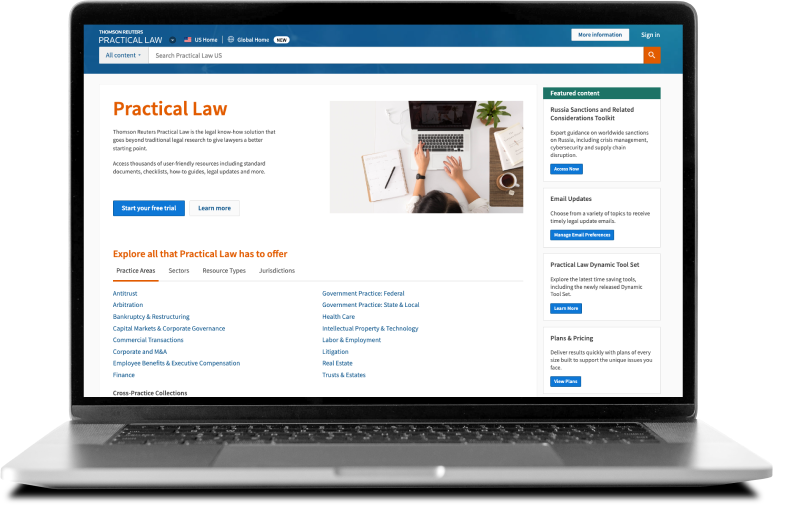As general counsel (GCs) look to shape their legal departments for the future, their focus is often on three fundamental elements to achieve their strategic goals: people, processes and technology.
Investing in technology is often the key to improving processes, which in turn enables in-house lawyers to do their work better and faster, taking the strain out of repetitive tasks and enabling them to focus on higher value activities, and ultimately becoming more satisfied with their jobs.
By improving efficiency, GCs and their teams should be empowered to focus more of their time and energies on other strategic priorities, such as delivering commercially-savvy legal advice, maintaining compliance at all times and keeping a close eye on potential risks. All of which are listed among the top five preoccupations GCs are concerned with today, in the latest Thomson Reuters State of the Corporate Legal Department 2023 report.
No wonder, then, that recent forecasts by Gartner predict that by 2025, legal departments will have tripled their spending on legal technology compared to the start of the decade, to the extent that it will account for 12% of their total budget, up from 3.9% in 2020.
Even while being conscious to control costs, forward-thinking GCs can see the potential ROI in technologies which, for example, automate more processes and deliver deeper insights – quickly, easily and accurately. Doing so can help them transform workflows and rationalise project management, as well as giving them greater oversight over their operations.
Successful digital transformation should:
- Address the right challenges in the right way at the right time
Undertaking any kind of digital transformation requires a big-picture strategic plan and thoughtful implementation that merges people, processes, and technology. There is no one-size-fits-all approach. To be successful, there must be a clear understanding of the legal work and operational tasks involved, and where the main pain points are or if there are any process gaps to fill. Then technology solutions can be tailored to address the challenges and priorities in the organisation.
When it comes to evaluating your day-to-day operations and envisaging a more streamlined approach, go back to basics and ask yourself (and your team):
- What do you do now and how?
- Is that an effective way of working or could it be improved?
- Who does it?
- Where is friction occurring or where are things getting missed?
- What could you do differently, and how?
Work out what you could do better, and then think about how to prioritise it in light of the resources you have. Don’t try to do too much too fast; instead decide what is most important, what is achievable, and in what timeframe.
|
|
Practical LawGet up to speed and practice efficiently |
- Bring people on board
Keep your team at the forefront of your mind, too. To make technology work, the people who will use it daily need to be on board with the reasons for its adoption and how it will impact working processes. Without that, it may be impossible to make a sustainable shift and your investment could be wasted. For example, if you are introducing more automation or collaboration tools, make sure everyone in your department understands the rationale behind doing so, and is supported through the transition with proper training.
And keep communicating the benefits. Some people can fear change, either because they are concerned they might not be able to keep up or are worried about the impact on their jobs. Show them you understand and educate them around how legal tech tools will make their lives easier and professional outcomes better.
This is particularly pertinent as legal departments start to experiment more with generative artificial intelligence (gen AI). Both the opportunities and concerns need to be addressed, and your team must be able to see that gen AI is being embraced in a measured and thought-through way that they can trust, and that should ultimately empower them in their professional lives.
- Enable data-driven decision-making
One often overlooked benefit of embracing technology in a more strategic way is that it can give you access to vital information about legal department operations and wider legal developments, uncovering hidden insights that you may not have been able to see before.
Tech tools make it easier to collate, track and analyse data, giving you transparency over internal issues like who’s working on what, how long are tasks typically taking and how much demand is there for certain types of work. Or technology can play a valuable role in external horizon scanning, monitoring emerging trends and issues, and enhancing knowledge management, so that GCs can ensure their teams are prepared for what’s ahead.
Armed with this information, GCs can make informed decisions about issues such as how best to allocate resources, which areas of work should be automated next or whether to upskill their team. In turn, this knowledge will help drive the GC’s – and legal department’s – evolution, from being a provider of legal advice to playing an increasingly important role in supporting core business activity and strategic direction.
___________________________________________________________________
CONCLUSION
Automation, collaboration, intelligence: today, these are all essential common factors in highly-performing, forward-thinking in-house legal teams, where people, processes and technology are brought together in a well-rounded way.
Digital transformation is about more than efficiency: it is about enabling GCs and their teams to be the best they can be, delivering for the business in a proactive and constructive way. The key to unlocking these benefits is ensuring that adoption of technology is done with your processes and people in mind.
Find out more about how digital transformation could help your legal team achieve more for your business.




